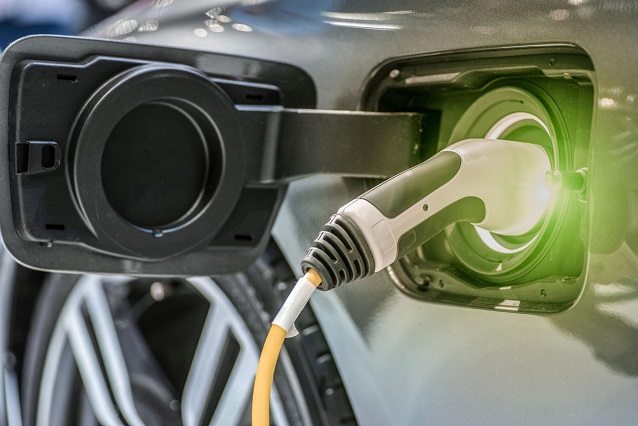Technical innovations in bearing design and thermal management are helping to improve electric vehicle range
Worldwide, there are more and more electric cars on the road but their driving range before requiring charging is a commonly cited issue, with every second EV/hybrid driver in Europe reporting it as one of the top three concerns they have with their vehicles, according to the 2023 Shell EV Driver Report. In addition, the motor isn’t the only thing drawing on the battery as all the ancillary systems also draw power at the expense of range, especially in winter.
These issues are being tackled across the industry and automotive supplier Schaeffler is making its contribution as explained by the company’s Matthias Zink.
“Schaeffler is developing products to combat range anxiety including our smart technical systems and wide range of components for fully electrified powertrains. These improve the day-to-day practicality of electric vehicles by reducing power consumption and increasing range.”
High-efficiency bearings
One of the key ways of boosting range in electric cars is to reduce friction losses – where energy that would otherwise be used for powering the vehicle is lost as heat through bearing friction. A set of highly efficient transmission bearings by Schaeffler can reduce friction significantly, saving about 50 watts of energy compared to conventional bearings. That translates directly into extra range.
The EV transmission bearings are adapted for the high rotational speeds of electric-drive transmission input shafts and therefore ensure optimal load accommodation.
Schaeffler also provides its TriFinity wheel bearings to guide and support the drive shafts and axles, ensuring that the wheels can turn with minimal resistance, even under high mechanical load. These wheel bearings reduce frictional losses by a massive 67 per cent compared to conventional bearings.
That represents a saving of more than 200 watts, equating to about 20 kilometres of additional range in a fully charged electric SUV with a 120-kWh battery capacity.
Additionally, the triple-row TriFinity wheel bearing offers a weight saving of about 10 per cent over standard double-row ball bearings for the same dimensions. It also offers a longer service life. As well as that, it boasts more than 20 per cent greater stiffness, so it can transfer greater axle loads, which is a key advantage, especially in heavier electric vehicles.
Thermal management
Providing thermal management offers major potential for range improvement and Schaeffler is developing an array of products for this, ranging from versatile, multi-application components to highly integrated thermal management systems, to 4in1 e-axles that combine motor, transmission, power electronics and thermal management in a single, optimised unit.
The 4in1 e-axle eliminates the additional hoses and cables required by decentralised thermal management systems, so less energy is lost. And because it has fewer parts, it weighs less and is easier for vehicle manufacturers to install. This fully integrated product also yields further increases in range and charging speed because it keeps the powertrain, including the battery, at the right temperature.
Schaeffler is also developing a new type of heat pump for use both in the 4in1 e-axle and as a standalone component. The heat pump turns thermal energy from the surrounding air and waste heat from the motor, power electronics and battery into usable heating.
Compared to a compact car with a 75-kWh battery and decentralised thermal management, the same vehicle with a 4in1 e-axle and heat pump system will use around 4 kWh less energy per 100 kilometres (measured in WLTC, based on an outside temperature of -7°C). That equates to a 17 per cent increase in range, or a gain of 48 kilometres.
- UK manufacturing steps up to COVID-19 crisis - April 2, 2020
- Clustering Innovation - March 12, 2020
- A Global Monitor - March 6, 2020

